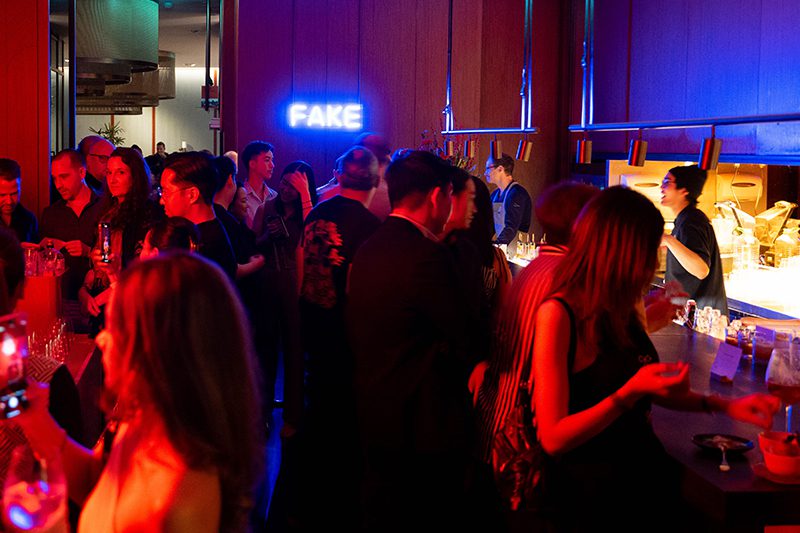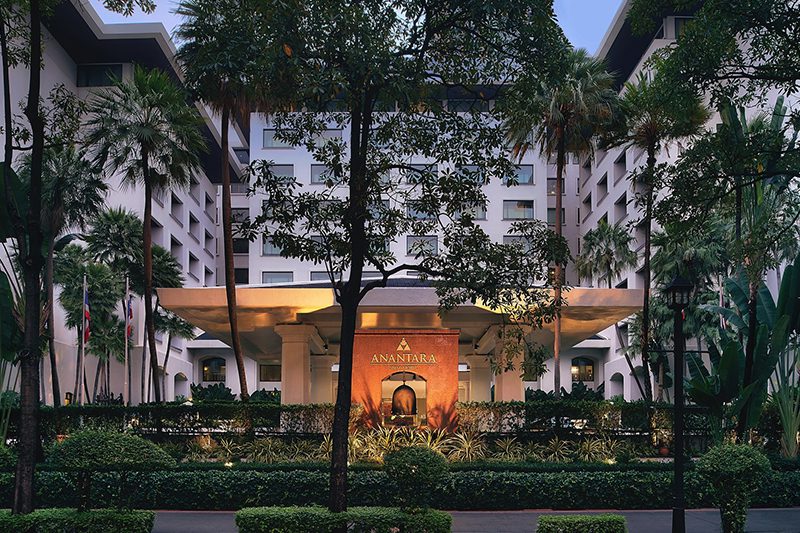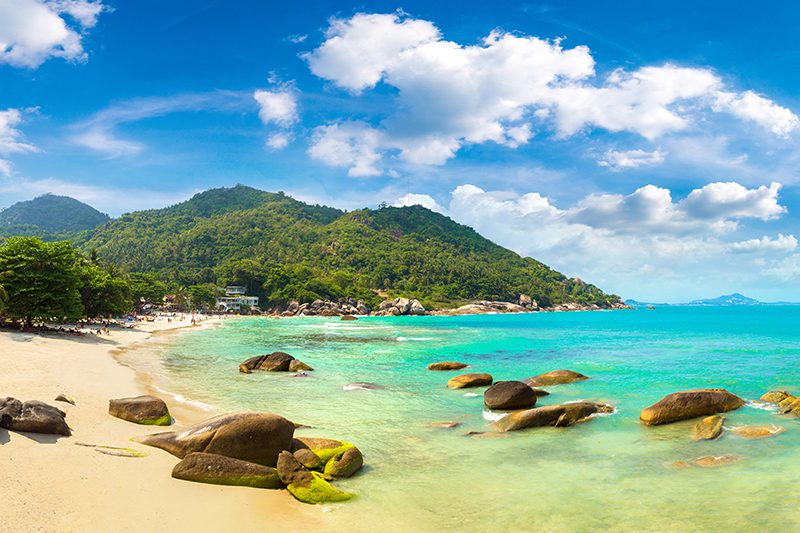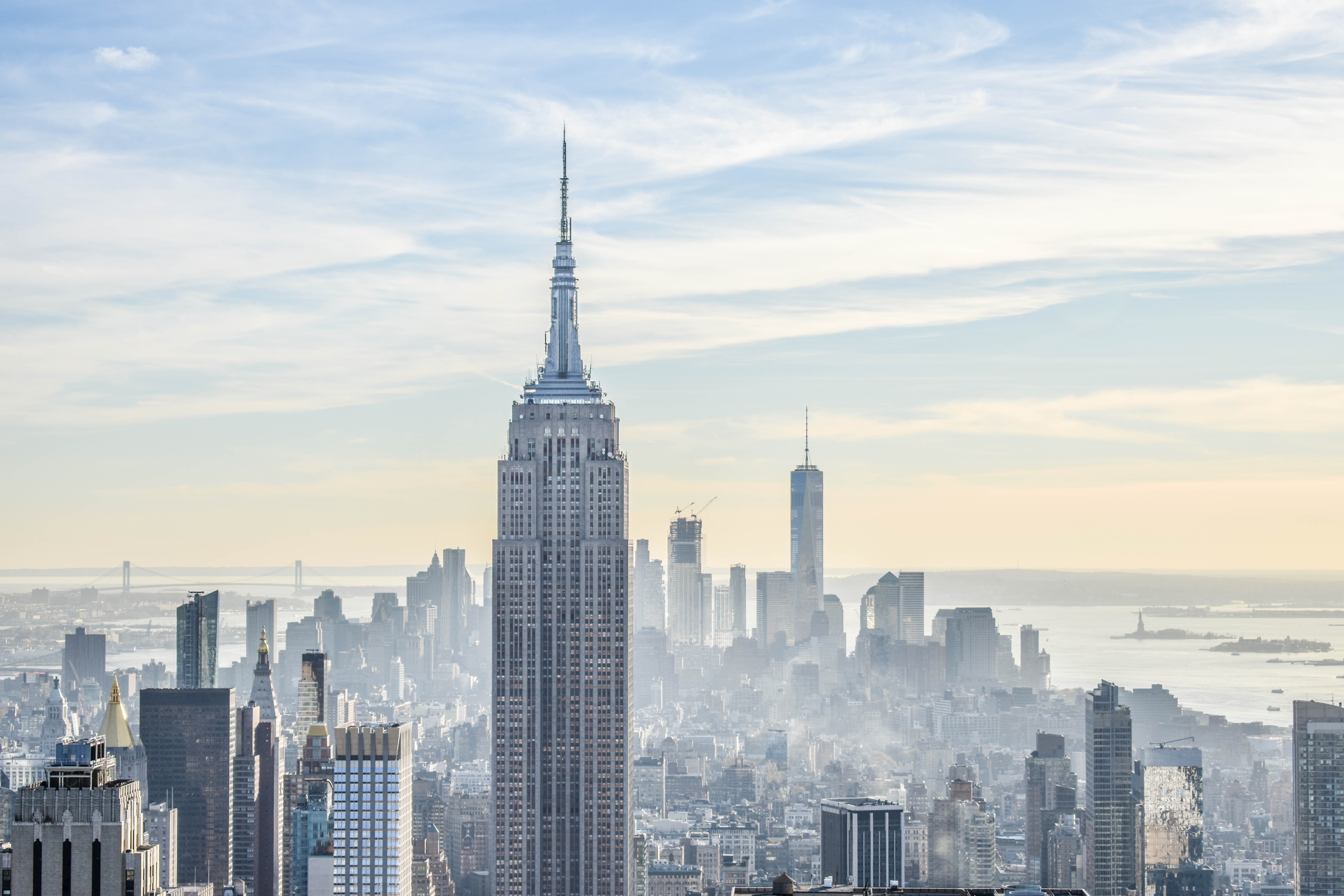
Witness ‘The Empire State Building’ 24/7 Without Breaking The Piggy Bank
The Empire State Building (ESB) today announced that it will utilize two EarthCam video cameras to give fans around the world 24/7 access to footage of ESB and of the views from ESB via a livestream on www.empirestatebuilding.com .
One camera is installed on the rooftop of One Grand Central Place, a property in the portfolio of Empire State Realty Trust, the company that owns and manages the Empire State Building. The EarthCam footage allows fans all over the world to view in real time the beloved ESB tower lightings, New York City sunsets, and the signature hourly sparkle effect that occurs daily for five minutes every hour between sunset and 2:00 a.m. Eastern Time.
The second camera is installed on the south corner of ESB’s 103rd floor and will capture the stunning views of New York City and beyond. Users will have the opportunity to view extreme weather conditions and even watch the sunrise from the heart of New York City.
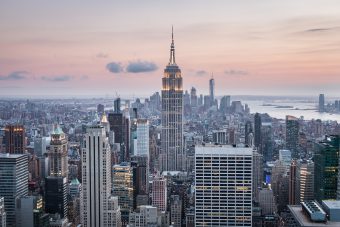
The two different viewpoints allow visitors to witness the World’s Most Famous Building 24 hours a day, 7 days a week, 365 days a year, and to enjoy a preview of the ESB Observatories’ 360-degree panoramic views.
Fans are encouraged to take advantage of the screenshot function provided by EarthCam and to share images on social media by tagging the Empire State Building in their posts.
RELATED POSTS
What’s Happening in Bangkok from 17-30 June, 2025
A guide to what’s happing in Bangkok in the last fortnight of June 2025. Exclusive 4-Hands Dinner ‘Intro Night’ Date: Thursday, June 26 2025, from 6:00 PM onwards Place: La Tavola Restaurant, Renaissance Bangkok Ratchaprasong Hotel Renaissance Bangkok Ratchaprasong Hotel will launch a dining experience at the exclusive 4-Hands Dinner ‘Intro Night’ at La Tavola. This special evening brings together creativity, expertise, and inspiration from two exceptional culinary talents — Chef Attakrit Sithiwaykin (Chef Lek) and Chef Tiansawang Pattrai (Chef Noi) of La Tavola, who will collaborate on a specially curated menu that reflects their rich culinary journeys, showcasing their grand talents that far exceed the modest meaning behind their names. This exclusive 4-course dinner is available at exceptional value: • THB 1,990++ per person for the 4-course dinner • THB 2,800++ per person for the 4-course dinner with curated premium wine pairings For more information Tel: +66 (0) 2125 5000 Website: www.renaissancebangkok.com IGNIV Party Date: Sunday, June 29 2025, 8:00 PM until midnight Place: IGNIV Bangkok, The St.Regis Bangkok Hotel IGNIV Party returns! This edition partners with two of Bangkok’s hottest dining venues: 80/20 and Cento, alongside two acclaimed bars from Asia: Vender from Taichung, Taiwan and Artesian Bar from Jakarta, Indonesia. To make this party s special also the tantalizing bite-sized creations from IGNIV Bangkok’s Arne Riehn and his team, as well as specially crafted bites from 80/20—a one-Michelin-starred restaurant on Charoenkrung helmed by European-born Lao chef Thav Phouthavong—and from Cento, the Italian-style dining room in Saladaeng headed by chef Ferran Tadeo Domènech plus two award-winning visiting bars: Vender from Taiwan—currently ranked No. 30 and named Taiwan's Best Bar on Asia’s 50 Best Bars 2024 list—and Artesian Bar Jakarta, the Indonesian outpost of London’s iconic Artesian Bar. Enhancing the night’s atmosphere will be immersive lighting and live DJ sets. For more information Tel: +66 (0) 2207 7822 Email: igniv.bangkok@stregis.com Website: www.ignivbangkok.com Only Faces On My Mind Date: now til 30 July 2025 Place: Agni Gallery, Soi Ruamrudee, Bangkok 'Only Faces on My Mind', a curated exploration of portraiture in contemporary art. Dedicated to one of the oldest yet ever-evolving genres in art history, the exhibition asks: “What does a portrait mean today? How do contemporary artists engage with the idea of the face — not just as a likeness, but as an emotional, symbolic, or conceptual presence?” The exhibition presents a spectrum of works, ranging from pieces that echo the compositional and emotional gravitas of classical portraiture, such as those by Andre Schulze (Germany) and Lino Lago (Spain), to boundary-pushing interpretations exemplified by Celio Koko (Belgium-Lebanese), and faceless portraits by famous artist Adriana Oliver (Spain) and Chance Cooper (USA), whose work reflects the fractured and hyper-personal dimensions of identity in the 21st century. For more information Tel: +66 (8) 2219 5122 Email: contact@agni.gallery
First Wave of Star Chefs Unveiled
The 25th anniversary edition of the World Gourmet Festival kicks off with an exciting first wave of acclaimed chefs, including Denmark’s Eric Vildgaard, New Zealand’s Vaughan Mabee, and Singapore’s Janice Wong. This renowned annual event, held at Anantara Siam Bangkok, will take place from 22–28 September 2025, bringing together a stellar lineup of culinary talent from around the globe. The initial announcement features three of the world’s most respected chefs, each set to host exclusive dinners that promise to be among Bangkok’s most sought-after gastronomic experiences. Additional chefs and events will be revealed every two weeks. ━━━━━━━━━━━━👇━━━━━━━━━━━━ ERIC VILDGAARD Jordnær, Denmark (Thailand debut) 3 Michelin stars | #3 Best Chef Awards 2024 | 97.50 points La Liste | Les Grandes Tables du Monde One of Europe's most celebrated culinary figures, Eric Vildgaard is a phenomenon. The self-taught visionary behind Copenhagen’s Jordnær has redefined Nordic fine dining with a style that is deeply emotional, technically flawless, and intensely personal. His restaurant is widely considered one of the most romantic and refined dining destinations on the planet, earning global acclaim and a place on The World’s 50 Best Restaurants list. Every dish tells a story — of resilience, transformation, and the power of love — shared with his partner Tina, who co-runs the restaurant. This is gastronomy at its most human: generous, precise, and transcendent. Gourmet Discoveries: Chef Eric Vildgaard and Chef Vaughan Mabee Date: Tuesday 23rd September 2025 THB 18,500 net per person including wine pairing ━━━━━━━━━━━━👇━━━━━━━━━━━━ VAUGHAN MABEE Amisfield, New Zealand (Thailand debut) Best Chef Awards 2024 – 3 Knives | Best Dining Experience in the World A trailblazing figure in New Zealand’s culinary renaissance, Vaughan Mabee is known for crafting edible stories of the wild. As Executive Chef of Amisfield in Queenstown, Mabee merges deep respect for terroir with theatrical presentation — from dishes hidden in river stones to references to Maori legend. He fishes, hunts, and forages his own ingredients, creating menus that feel alive with the spirit of Aotearoa. Recently named one of the most creative chefs of his generation, his Bangkok debut is nothing short of historic. Gourmet Encounters: Chef Vaughan Mabee Date: Saturday 27th September 2025 THB 14,000 net per person including wine pairing ━━━━━━━━━━━━👇━━━━━━━━━━━━ JANICE WONG Singapore Asia’s and The World’s 50 Best Pastry Chefs | Pastry Chef of the Year | Pastry Innovation Award – La Liste Janice Wong is Asia’s undisputed dessert visionary, blending art, flavour, and innovation in every creation. The Singaporean pastry chef, artist, and entrepreneur is best known for 2am:dessertbar and her groundbreaking edible art installations. Twice named Asia’s Best Pastry Chef by the World’s 50 Best Restaurants, Wong continues to push boundaries through her brands Janice Wong Singapore and Pure Imagination, championing creativity, sustainability, and chocolate made from bean to bar. Iconic Afternoon Tea: Chef Janice Wong Date: Friday 26th-Sunday 28th September 2025 THB 1,800 net per person Seats are extremely limited, with 15% early bird pricing available from today, limited to six seats per event per guest. Full menus and wine pairings will be announced in due course. Throughout the week, the festival will also feature chef’s table dinners, interactive masterclasses, exclusive wine pairings, pastry
5 Inspiring Road Trips to Take Around Asia
Spectacular scenery, smooth stretches of blacktop, winding mountain roads, and dramatic coastal routes—what’s your dream road journey? Discover five unforgettable driving holidays across Japan, Indonesia, Thailand, Vietnam, and the Philippines—easier than ever to explore. Is there any travel style more empowering than a road trip? With your loved ones by your side and the open highway ahead, your adventure has no limits. Each bend reveals new discoveries, and every hilltop offers a fresh, breathtaking view. As the holidays approach, it's time to pack your bags, take the wheel, and hit the road on an unforgettable journey. Asia is home to some of the most scenic routes in the world—ribbons of pavement that wind through incredible landscapes and open up panoramic vistas. So, buckle up and get ready! Here’s BWH® Hotels’ guide to the best driving vacations across Japan, Thailand, Indonesia, Vietnam, and the Philippines. ━━━━━━━━━━━━👇━━━━━━━━━━━━ 1. Drive Across the Sea in Okinawa, Japan Imagine cruising across a smooth, straight road surrounded by sparkling aquamarine waters. Kaichu Road is a stunning 5km-long bridge and causeway connecting Okinawa’s main island to Henza Island, leading onward to the secluded beaches and bays of Miyagi Island. Begin in Naha and enjoy a dreamy daytime drive with dazzling photo stops along the way. Where to Stay: BWH Hotels offers a selection of beachfront accommodations in Okinawa. Best Western Okinawa Kouki Beach is set on a white-sand beach in Nago, with private balconies overlooking the ocean. Best Western Okinawa Onna Beach is a serene, low-rise resort just steps from the soft sand and shallow waters of the island’s sunset coast. ━━━━━━━━━━━━👇━━━━━━━━━━━━ 2. From Beaches to Rice Fields in Bali, Indonesia Bali, the “Island of the Gods,” is perfect for a driving adventure. Leave the coastline behind and journey into the island’s green heart, where tropical jungles and cultural wonders await. After exploring Ubud’s heritage-rich streets, head deeper into the hills past emerald rice paddies, tranquil lakeside temples, and spectacular viewpoints. Where to Stay: Best Western Kamala Jimbaran is the ideal base to begin or end your journey, offering an outdoor pool, spa, and romantic restaurant near the beach. In Ubud, Best Western Premier Agung Resort Ubud immerses you in the island’s cultural capital, with two infinity pools, a standout restaurant, and lush natural surroundings. ━━━━━━━━━━━━👇━━━━━━━━━━━━ 3. Head South Along Thailand’s Gulf Coast Road With turquoise seas on one side and jungle-clad hills on the other, Thailand’s Gulf Coast promises a scenic drive like no other. Begin in the royal beach resort town of Hua Hin, then follow the curving coastal road past national parks, hidden beaches, golden temples, and bustling markets. End your trip with a ferry to Koh Samui or continue south to the tropical paradise of Phuket. Where to Stay: Best Western Plus Carapace Hotel Hua Hin offers a serene beachfront escape with flowing design and lagoon pools, while Best Western Chaweng Samui puts you in the vibrant heart of Koh Samui. In Phuket, choose from three BWH Hotels, including Best Western Patong Beach with its rooftop pool and prime location. ━━━━━━━━━━━━👇━━━━━━━━━━━━ 4. Explore the Coastal Wonders of Vietnam With over 3,200 km of coastline,

